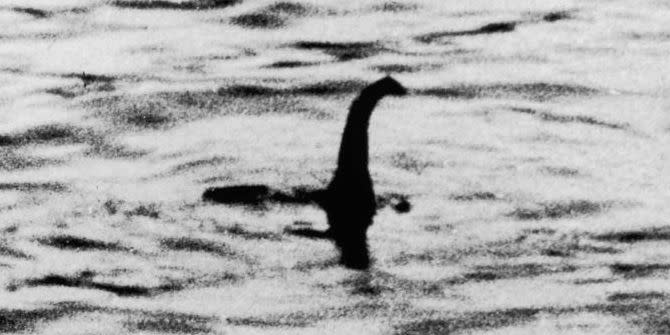The Loch Ness Monster Absolutely Can't Be an Eel, Study Shows

A few years ago, scientists said the Loch Ness Monster most closely resembled a giant eel.
Now, a new study suggests it’s “highly improbable” for giant eels to match the reported sightings of the Loch Ness Monster.
There may still be eels in the Loch Ness—just not the super big ones that could have been Nessie.
For centuries, people have searched for the mythical beast known as the Loch Ness Monster. “Nessie,” as she’s known, is supposedly nestled somewhere in the vast Loch Ness in the Scottish Highlands, and she’s appeared enough over the years, however briefly, to have registered over 1,000 reported sightings.
Until a few years ago, no scientific studies yielded any solid evidence of the Loch Ness Monster, who skeptics and believers alike have labeled as everything from a shark to a tree to a dinosaur. But in 2019, researchers from New Zealand revealed that they had used a scientific technique called environmental DNA collection to finally determine the truth about the strange species.
The scientists combed Loch Ness for hair, scales, and poop from all kinds of creatures swimming in the lake—fish, mammals, and other ancient cryptids—to collect DNA. After analyzing 500 million sequences from 250 water samples, the scientists couldn’t find traces of sharks, catfish, or dinosaurs, but they did find a “very significant amount of eel DNA,” according to lead researcher Neil Gemmell, a geneticist at the University of Otago in New Zealand.
And so since then, that’s more or less been the official party line: the Loch Ness monster is probably, possibly, maybe the European eel—Anguilla anguilla, “a snakelike, migrating fish which can reach almost give feet in length, but generally averages 2.5 to 3 feet,” per Mysterious Universe.
But not so fast! Now, a Pittsburgh-based data analyst named Floe Foxon is using cold, hard stats to refute the generally accepted “eel hypothesis” with a new, non-peer-reviewed study of his own, which appears in bioRxiv, the biology preprint server. After analyzing data from 129 A. anguilla eels caught in Loch Ness between 1970 and 1971 and comparing the numbers with European eel catch data from lakes in Belgium, Foxon has thrown some cold water on the “it’s just a giant eel” explanation.
Yes, Foxon says, the odds of finding a 1-meter eel in Loch Ness—1 in 50,000—are pretty good—“and so some eels may account for purported sightings of somewhat large animals at the loch surface,” he writes. But many Nessie sightings over the years have pegged her size at much bigger than that; most reports place her closer to 6 meters long, which just doesn’t jibe with the existing data, says Foxon.
“Larger eels upwards of 6 meters are highly improbable,” he writes. “Therefore, ‘super’ eels are an unlikely explanation for eyewitness reports of the very largest alleged animals.”
Foxon continues:
“Thus, while large eels may account for some eyewitness sightings of large, animate objects rising to the loch surface, they are unlikely to account for sightings of extraordinarily large animals, which may instead be accounted for by wave phenomena, the occasional stray mammal, or other.”
Alas, the scientific search for Nessie’s true nature presses on.
You Might Also Like

